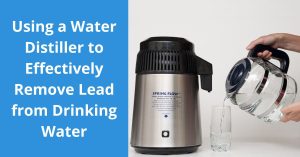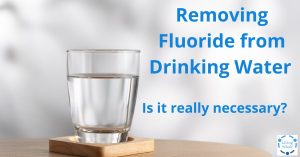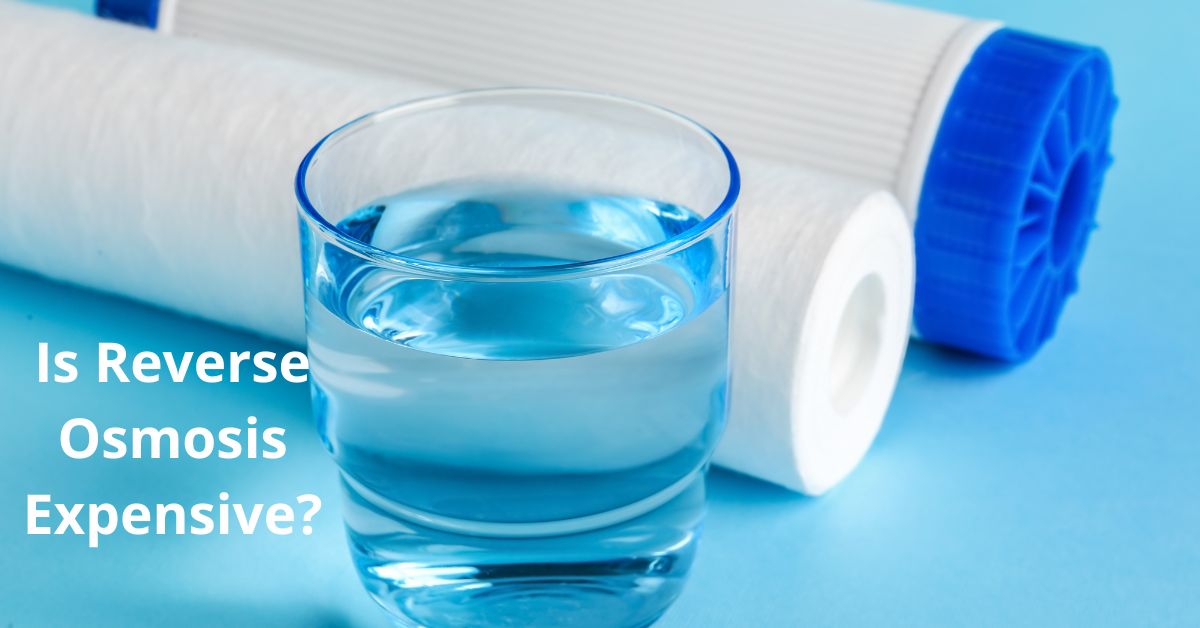
Is Reverse Osmosis Expensive?
In an era where clean, safe drinking water is increasingly becoming a concern, many homeowners are turning to reverse osmosis (RO) systems as a solution. But a common question that arises is: Is reverse osmosis expensive? Let’s dive into the costs associated with reverse osmosis water systems for home use and explore whether the investment is worth it in the long run.
Initial Costs of Reverse Osmosis Systems
When considering the expense of reverse osmosis, it’s important to look at both the upfront costs and the long-term expenses. The initial cost of a reverse osmosis water system for home use can vary widely depending on the type and complexity of the system you choose.
- Undersink Water Purifier: These systems are typically more expensive upfront, ranging from $500 to $700 for a quality unit. High-end systems with additional features can cost up to $1000 or more.
- Reverse Osmosis Water Filter Benchtop: Benchtop models are generally less expensive, with prices ranging from $350 to $500. These portable units are a great option for renters or those who don’t want to modify their plumbing.
- Whole-House Systems: For those looking to purify water throughout their entire home, whole-house RO systems are available but come with a higher price tag, typically ranging from $2000 to $4000 or more.
While these initial costs might seem high, it’s important to consider the long-term savings and benefits. Many people find that the cost of an RO system is offset by the money saved on bottled water and the peace of mind that comes with having clean, safe water on demand.
Is Reverse Osmosis Expensive to Maintain?
The ongoing costs of maintaining a reverse osmosis system are an important factor to consider when evaluating the overall expense. Here’s what you need to know about maintenance costs:
RO Filter Replacements: Reverse osmosis systems typically have multiple filters that need to be replaced regularly. These include sediment filters, carbon filters, and the reverse osmosis membrane itself.
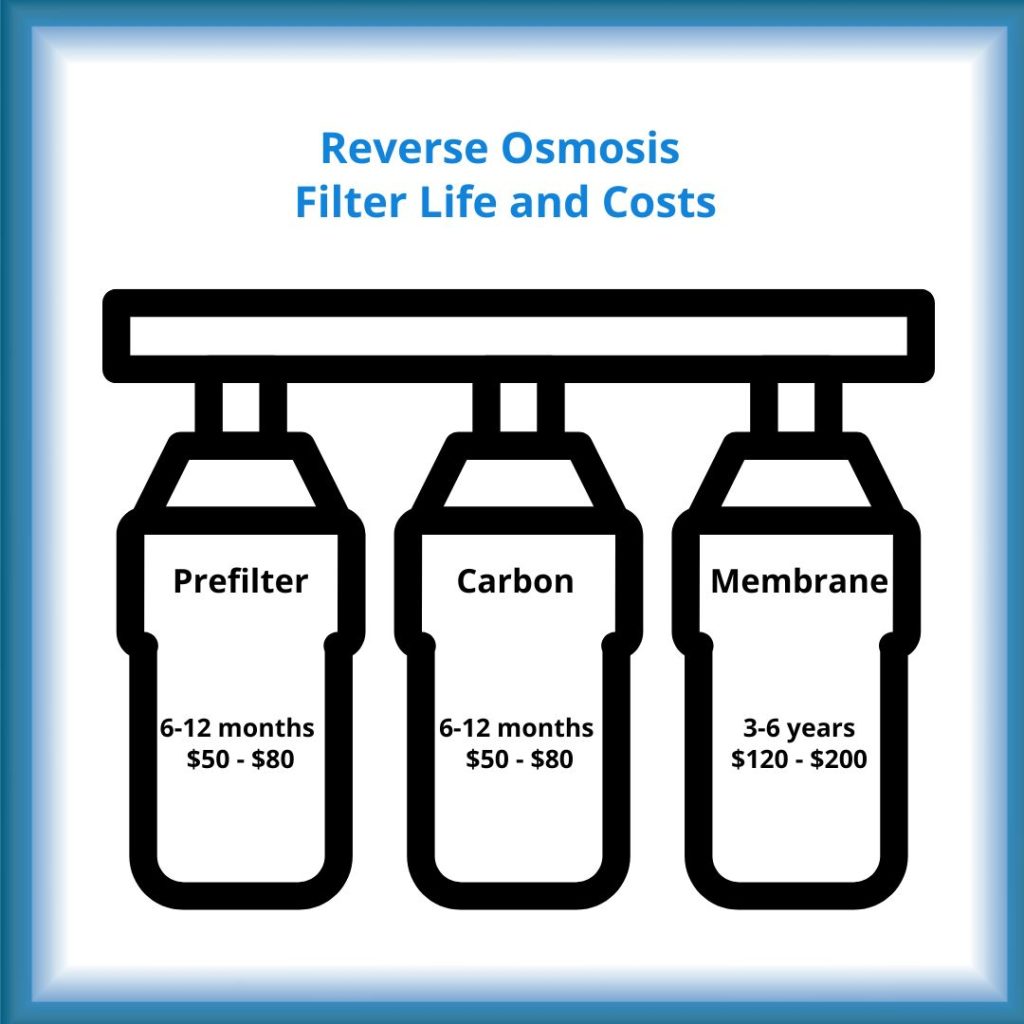
The frequency of replacement depends on your water quality and usage, but generally:
– Pre-filters need replacement every 6-12 months
– Carbon filters should be changed every 6-12 months
– The RO membrane typically lasts 3-6 years
Cost of Replacement Cartridges:
The cost of reverse osmosis replacement cartridges can vary:
– A set of pre-filters might cost $20-$40
– Carbon filters typically range from $20-$50
– A reverse osmosis membrane usually costs between $60-$150
- Annual Maintenance Cost: On average, you might spend about $200 per year on filter replacements for a typical undersink RO system.
- Professional Servicing: While many homeowners can perform basic maintenance themselves, some may prefer professional servicing, which can add to the overall cost.
- Water Waste: RO systems produce some wastewater as part of the filtration process. This can potentially increase your water bill, though the impact is usually minimal for most households.
While these ongoing costs exist, many users find that the expense is justified by the quality of water they receive and the potential health benefits of removing contaminants from their drinking water.
Factors Affecting the Cost of Reverse Osmosis
Several factors can influence the overall cost of implementing and maintaining a reverse osmosis system:
- Water Quality: If your source water is particularly hard or contaminated, you may need to replace filters more frequently, increasing maintenance costs.
- System Complexity: More advanced systems with additional stages of filtration or features like remineralisation will generally be more expensive to purchase and maintain.
- Brand and Quality: Higher-end brands may come with a bigger price tag but often offer better performance and durability, potentially saving money in the long run.
- Installation: If you’re opting for an undersink water purifier and aren’t comfortable with DIY installation, professional installation will add to your initial costs.
- Water Usage: Households that use more water will need to replace filters more frequently, increasing maintenance costs.
Reverse Osmosis Benchtop Water Filter
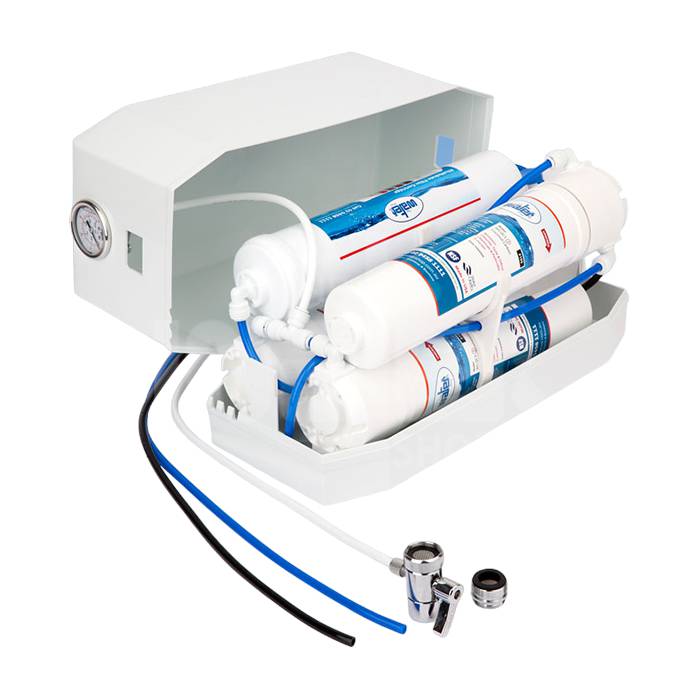
Reverse Osmosis Undersink Water Filter
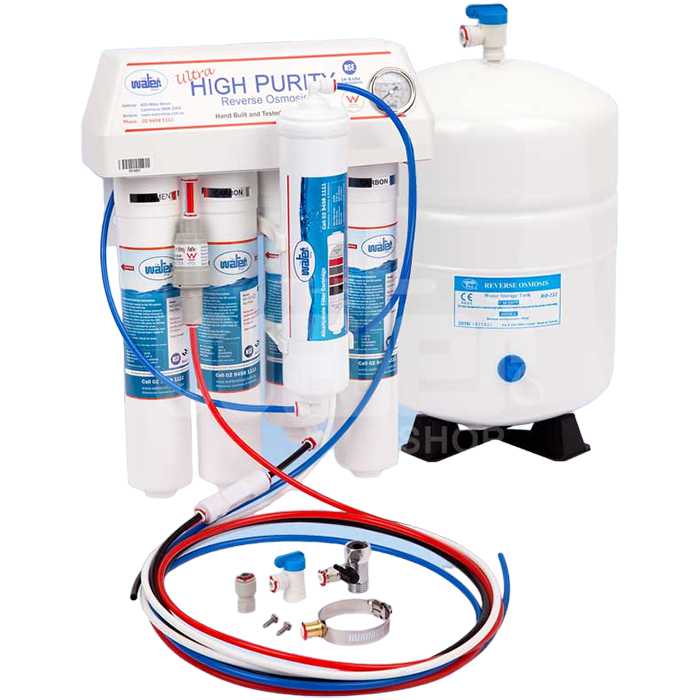
Is Reverse Osmosis Worth the Investment?
Reverse osmosis systems do come with both upfront and ongoing costs, many homeowners find that the benefits outweigh the expenses:
- Health Benefits: RO systems effectively remove a wide range of contaminants, including lead, arsenic, and nitrates, potentially improving your health and well-being.
- Improved Taste: Many users report that RO-filtered water tastes significantly better than tap water.
- Environmental Impact: Using an RO system can reduce reliance on bottled water, decreasing plastic waste and your carbon footprint.
- Convenience: Having clean, great-tasting water on demand is a convenience that many find invaluable.
- Home Value: A high-quality water filtration system can be an attractive feature for potential homebuyers if you decide to sell your home.
While reverse osmosis systems do represent a financial investment, many users find that the benefits justify the costs. The expense of a reverse osmosis water system for home use should be weighed against the long-term savings on bottled water, potential health benefits, the fact that they are the best water filter for PFAS and the convenience of having high-quality water at your fingertips.
Whether you choose an undersink water purifier, a reverse osmosis water filter benchtop model, or a whole-house system, it’s important to factor in both the initial purchase price and the ongoing costs of RO filter replacements and maintenance.
Remember, when considering the cost, it’s not just about the price tag – it’s about investing in your health and the quality of your daily life. After all, can you really put a price on clean, safe water?

